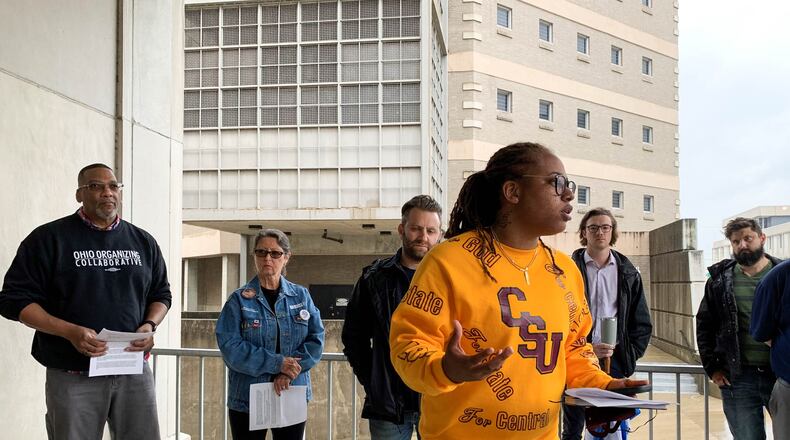First and foremost, the County must provide ample time for the community to provide input. The process up to now has taken almost two years. At least four months must be set aside for community meetings and input. Furthermore, the County must demonstrate how the public’s voice will be included in final plans. Whether through a public vote or a vote by a representative committee, we want to know that input will be taken seriously. The discussion at our event generated ideas that fall into three categories.
Accessibility and Input: Fully utilize all channels of communication invite input; at least three weeks advance notice of all public input meetings; make language of any updates and communication easy for laypeople to understand (“plain language”); use multiple languages to ensure full access to non-English speakers; and public meetings should be hybrid in-person/virtual, at multiple times to allow for working people to attend, and held in a variety of locations in different geographic areas.
Representation: Stakeholder representation should include diverse people, especially those who are directly impacted and have direct experience with incarceration; consultants should have a full understanding of mass incarceration and jail population reduction strategies; and the County should rely on credible experts to advise on options to address the root causes of incarceration, like bail reform, citation and release, and community-based treatment for mental health and substance use challenges.
Accountability: Full transparency on funding sources and total cost; publicly publish timeline of jail planning and construction; and proactively make all meeting notes and presentations easily accessible to the public rather than forcing community members to file endless public records requests. These should be available online and at no cost.
The participants in our events are everyday community members, family members of people who are incarcerated, formerly incarcerated people themselves, counselors and social workers, teachers, and business owners. A shared concern for the wellbeing of county residents brings us together. We want to see the County seriously address the jail conditions and commit to decarceration strategies in order to prevent a bloated, unnecessary jail. We want the County to implement forward-thinking steps that support community safety and health, informed by best practices in place across the country.
For this reason, we will continue our public dialogue with a Town Hall on Decarceration on Nov. 18 at 6 p.m. Again, we invite the Commission and the Sheriff’s office to participate in positive dialogue with their constituents.
Responses from Montgomery County Administrator Michael Colbert and Sheriff Streck will be published in tomorrow’s paper.
About the Author
